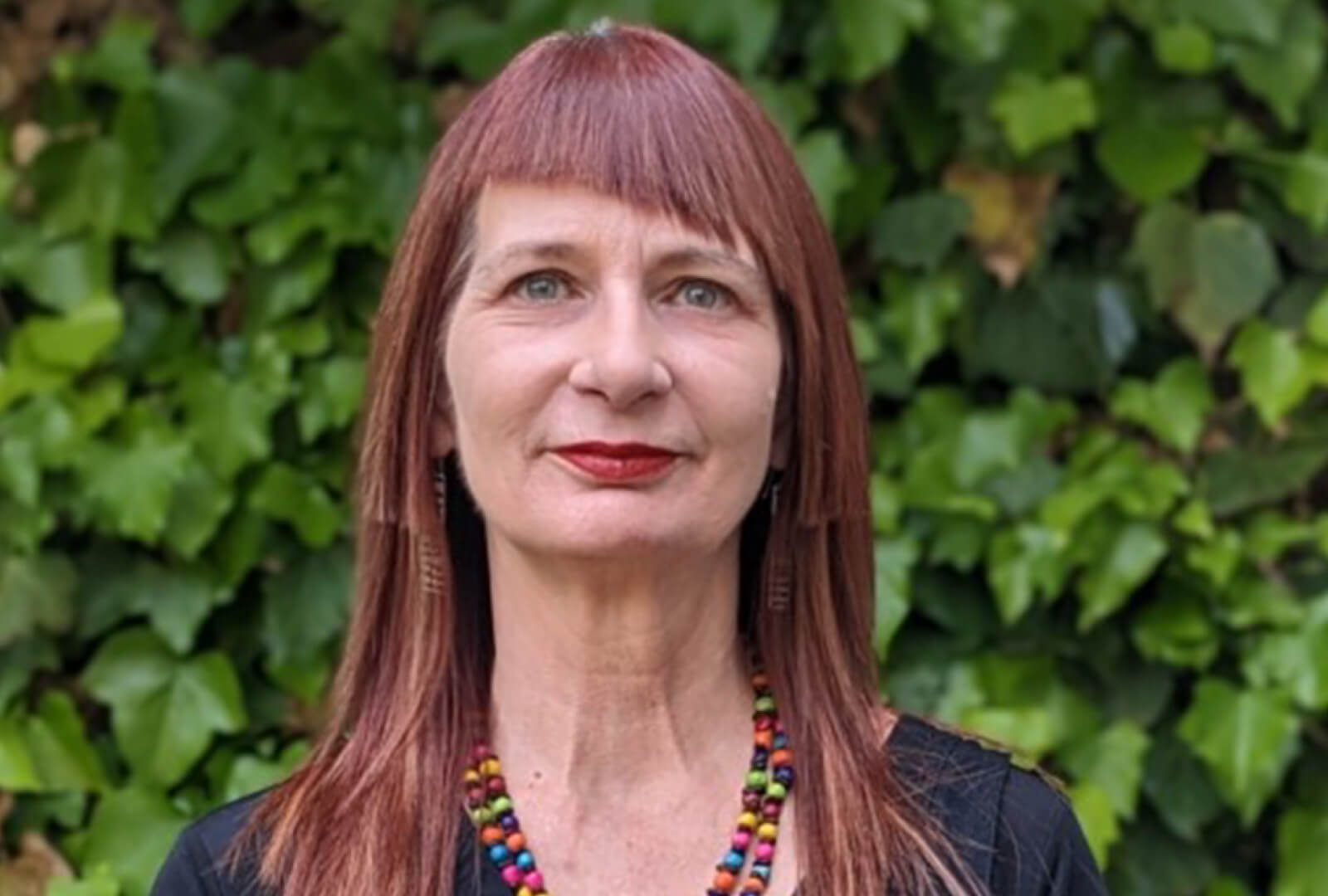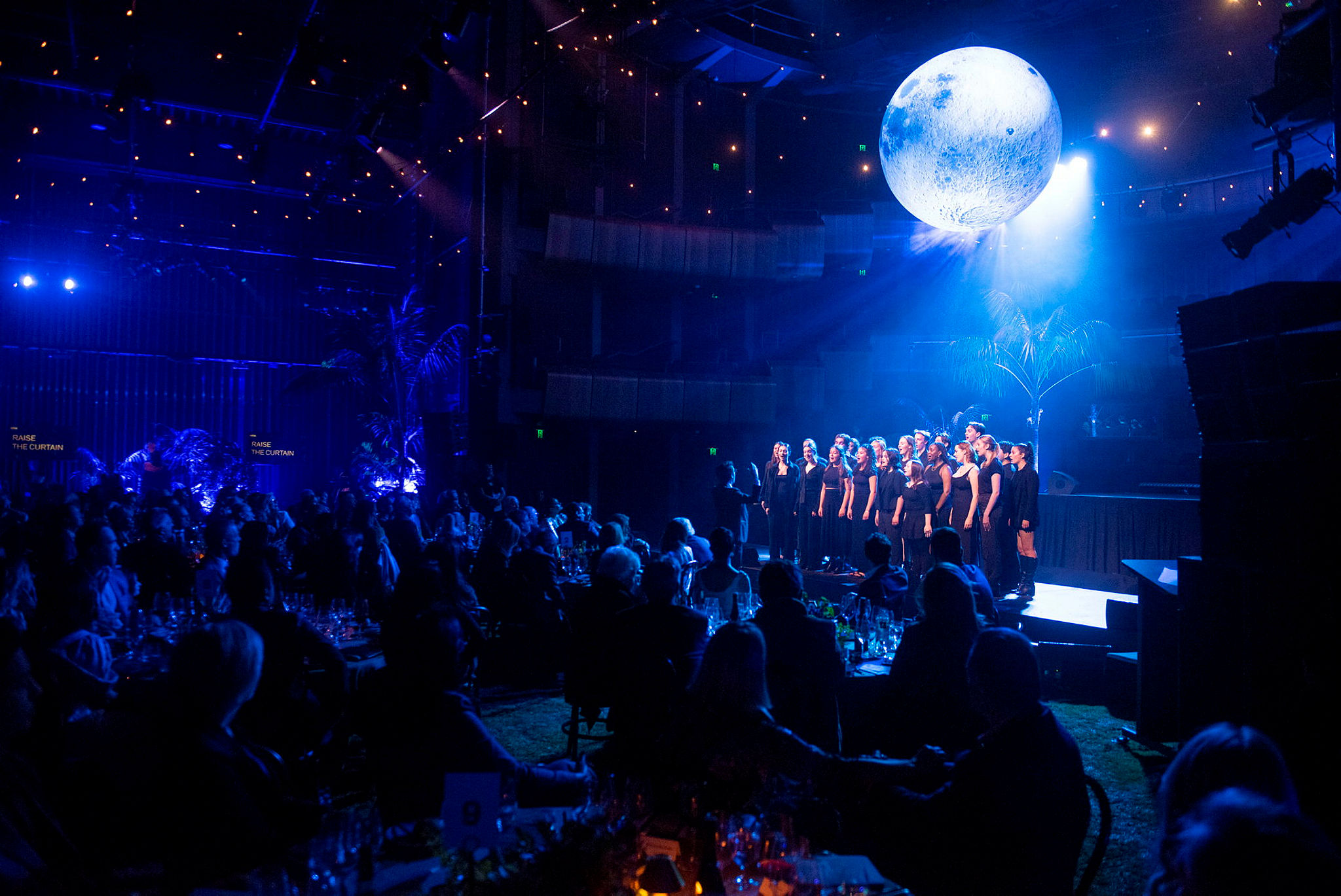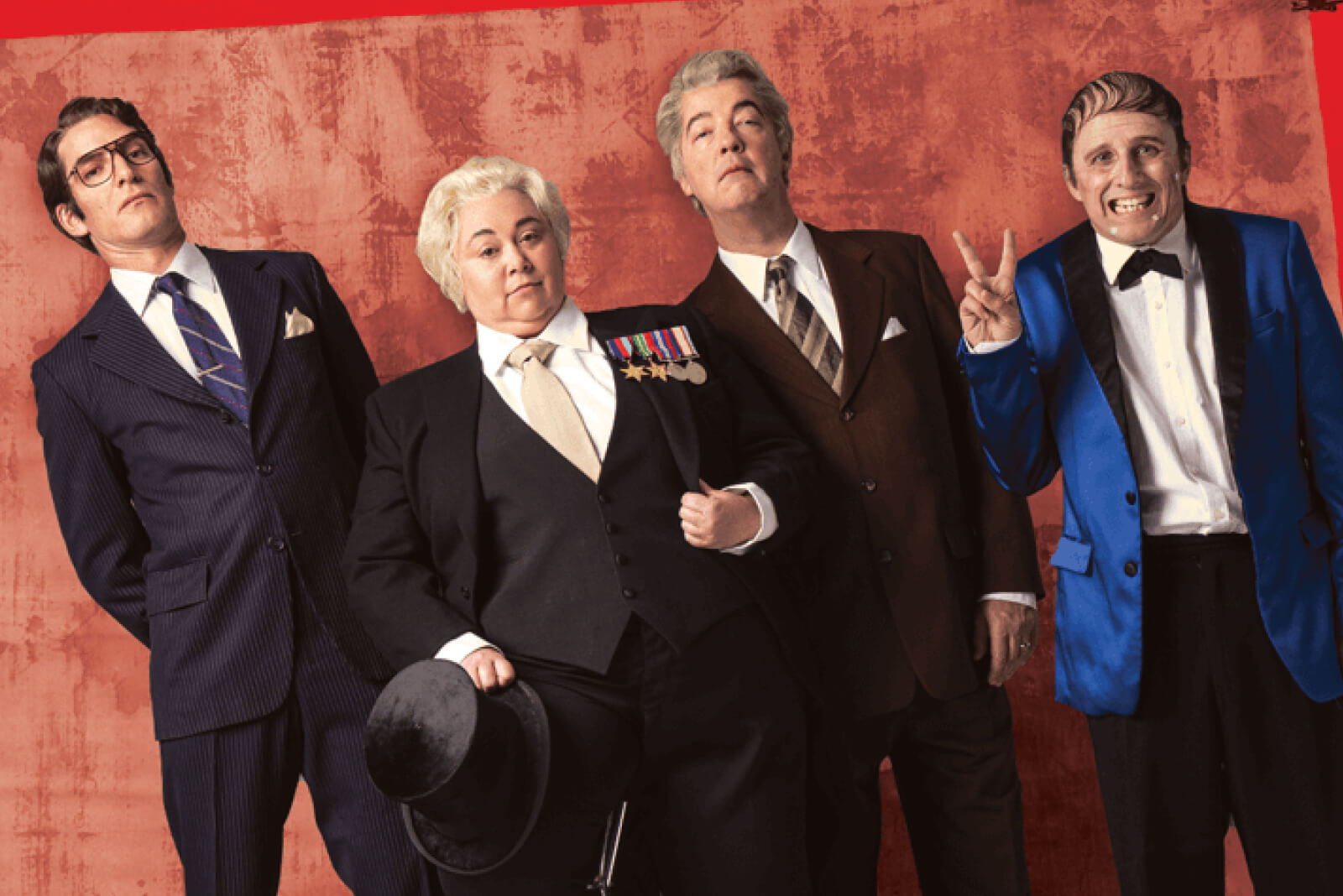Ben Parkins on the Props and Effects program at NIDA
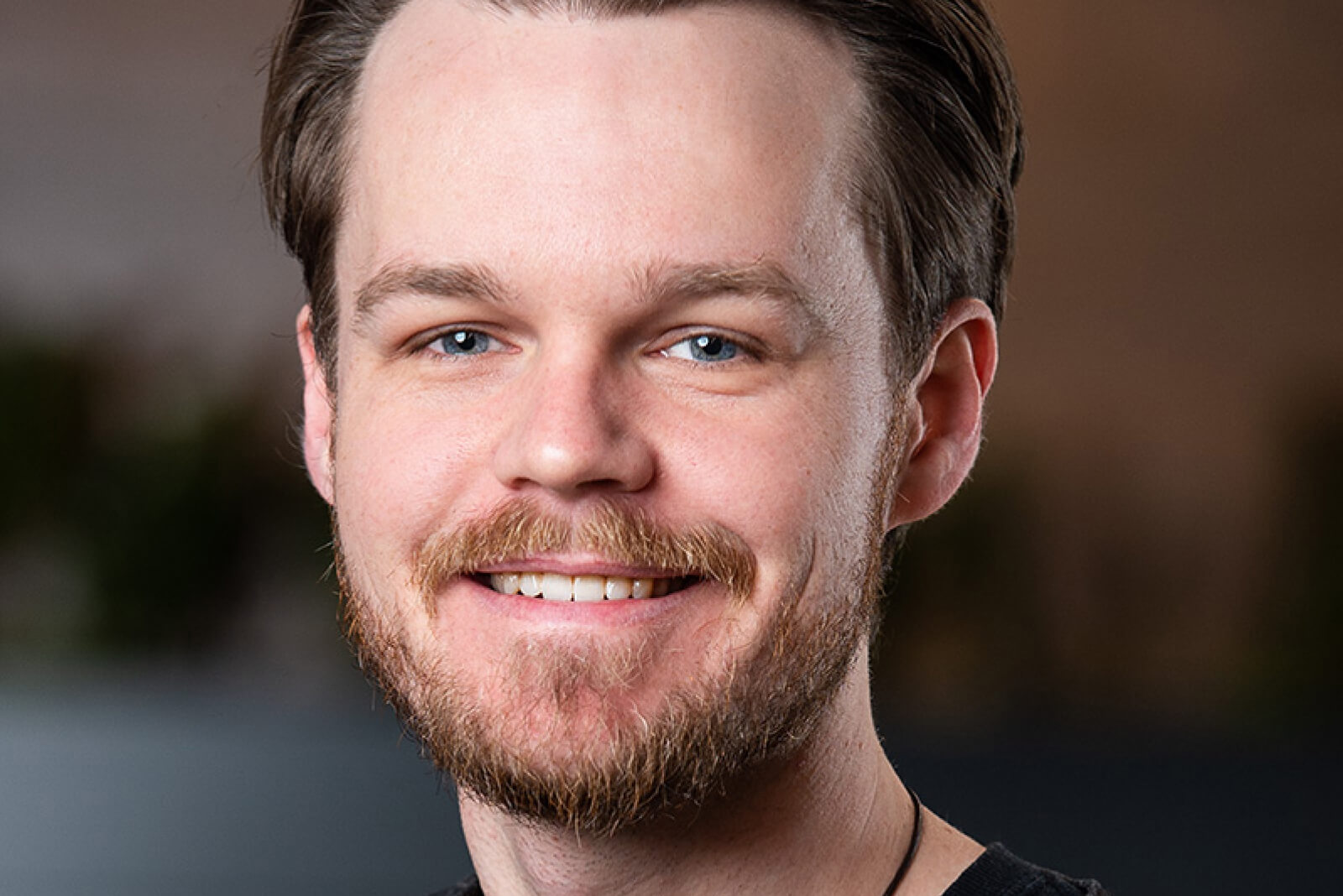
Image credit: Benjamin Parkins
Are you interested in pursuing a career in prop-making for stage and screen? NIDA’s Bachelor of Fine Arts Props and Effects program — formerly known as Properties and Objects — stands as the leading choice for those seeking a comprehensive, practical education in this specialty course. Benjamin Parkins, an expert in prop-making, workshop coordinator and mentor for undergraduate students is a graduate of NIDA's Bachelor of Fine Arts program. He shares his insights on what students can expect to learn, as well as his tips for success in the industry. Whether you're a student looking to kick-start your career or an aspiring prop-maker, discover what makes Props and Effects at NIDA a one-of-a-kind course.
NIDA: For those who aren’t aware of what Props and Effects are, can you describe what these terms mean, and how they relate and contribute to a performance?
Benjamin Parkins: Someone in theatre once said that without costume-makers, set builders and technical assistants, actors would perform naked in the dark in an empty room. I suppose that without prop-makers, they’d also have to mime everything. Props are often just the everyday objects we take for granted, but usually they’re tweaked in some way to make them suitable for theatre or film. Chairs need to be reinforced if the performance calls for someone to stand on it. Knives usually need to be recreated in firm rubber, because even a blunt knife, if made in steel, can be lethal.
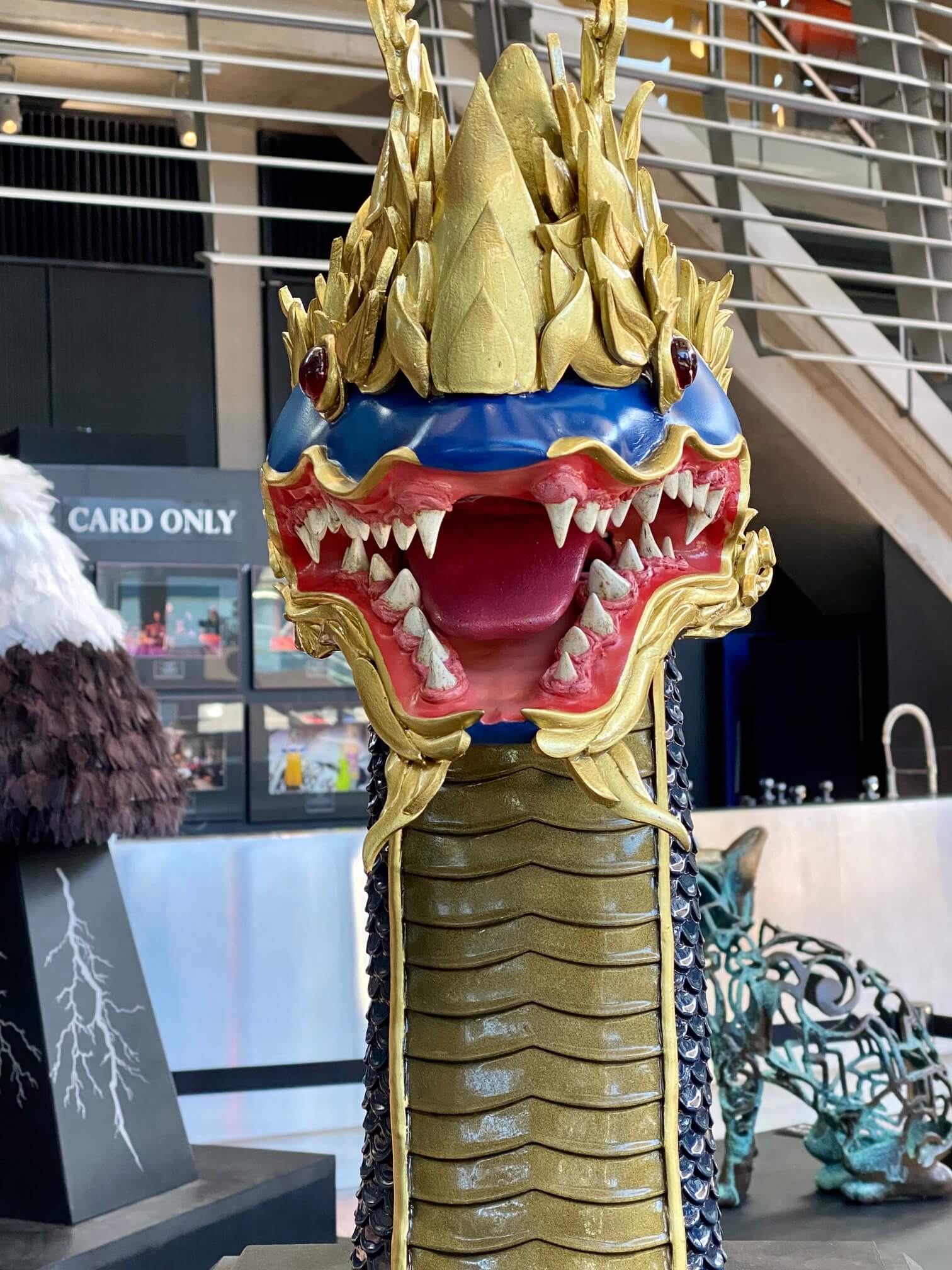
Naga by Samantha Lim, Image credit: NIDA

Trjegul and Bygul by Freyja Meany, Image credit: NIDA

Irish Tree of Life by Grace McCann, Image credit: NIDA
Paper bags get replaced with fabric replicas because the crackling sound they make can surprise you with just how loud and distracting they are. But sometimes a completely original item needs to be made that has never existed, in any form — maybe the director wants a human actor to be played by a puppet for a portion of the show. Someone would need to sculpt a puppet’s face to match the likeness of a unique individual. When shows have these objects, it always assists in the audience’s immersion because they help to complete the world and the ambience that the actors perform in. It’s much easier to watch Death of a Salesman and believe we’re with Willy Loman in Brooklyn in 1949, if he’s sitting at a dingy kitchen table with a set of old, worn-out chairs.
NIDA: Can you recall a prop or effect within a performance (stage or screen) that completed the character or had a significant impact on the story?
BP: The ‘blood knives’ of Sweeney Todd have a marvellously visceral effect — there are many scenes of characters having their throats slit (spoiler alert), and the ‘real’ blood pouring down (stage blood hidden in the knife’s handle) helps to cement each moment in the audience’s mind, in a way that it couldn’t if it didn’t look as authentic. But beyond that, the knives are a treasured possession, by a character who feels robbed of his old life as a barber and is now assuming the new identity of a serial killer. Blood knives are a staple prop for many makers.

Image credit: Benjamin Parkins
Props help us fall in love with a character. The Proton Pack from Ghostbusters (1984) have been recreated as cosplay props by countless fans, countless times over many years. It’s the only way to truly become those characters.
The One Ring of The Lord of the Rings is literally the subject of the film — an object of pure evil that every character must confront at some point. Several versions of this same object had to be made for the film, and the behind-the-scenes material is legendary, especially among prop-makers. It’s the main reason that many of us found a passion for this in the first place.
But the skull of Yorick in Shakespeare’s Hamlet might be history’s most famous prop, and for good reason — it becomes a character in and of itself, in the way that Hamlet reminisces on his old friend. However, while Hamlet is speaking, Yorick’s literal death mask is also staring into the audience, compelling us all to contemplate his (and our own) mortality.
NIDA: What inspired you to become a workshop coordinator, and how did you develop the skills required to teach and lead this course?
BP: There’s so many unexpected intricacies in the world of props — when I was studying this course, I remember being totally overwhelmed (in a good way!) by the sheer wealth of detail. It’s a discipline of disciplines: you are taught the 101 of such a broad range of different mediums, that for each of which, there are people who spend their entire lives solely devoted to just mastering that one technique. You truly finish the course as a jack of all trades and a master of none. And for me, I guess sometimes you feel the urge to try and pass on what you’ve learned, to people who remind you of how you were at the start. You hope they find it as enriching as you did. In the years since I graduated, I’ve had the pleasure of training other young makers to be my assistants in workshops in the field, and I wanted to do it full-time. I was also lucky enough to discover a lot of contacts and many sources for materials, that I hope can be of use to the students in creating their diverse and quirky art.
NIDA: What kind of skills and knowledge can students expect to gain from attending your props workshop, and how do you make sure that the learning outcomes are achieved?
BP: Students create moulds in silicone, with which they can make resin casts; they weld things in steel and aluminium; they cut and shape synthetic and natural timbers; they work with leather, fabric and soft foams; they learn scenic art and weathering techniques with paint and textured mediums; they create magic tricks with stage mechanics; they use graphic design software to create paper props like newspapers and wine bottle labels; they work with electronics, including programmable microprocessors; they can model designs in 3D software to help visualise what they want to build and, in recent years, we’ve been investigating more digital techniques like laser-cutting, 3D printing and even 3D scanning, not to mention more ecologically sustainable materials and techniques. All of this to ensure that students have the most up-to-date knowledge as new technology makes more things possible, forcing the industry to grow and demand these new skills.

Image credit: Benjamin Parkins
There are four main ways we ensure learning outcomes. The first is that, in each term of the three-year course, students receive workshop tutorials to learn the techniques they need to complete projects centred on those disciplines. Then, there are production seasons twice a year, in which students collaborate with NIDA’s other disciplines (design, costume, scenic construction, technical theatre and, of course, the actors) to put on complete theatre shows, with industry professionals both directing the shows and attending the performances. Third-year students are the prop-makers and the first-year students are their prop assistants. The final year also sees students select an area they want to particularly focus on as a masterwork project, in which they research, do experiments and often create a prop that forms the basis of their portfolio upon graduating. And the last way that we set students up for working straightaway after they finish the course, is through an industry placement, where we make introductions for the students to do a month of internship with workshops and studios working in entertainment.
NIDA: Can you share some examples of props that students have created during the workshop, and how have they been used in NIDA productions?
BP: I made a rock for the Greek tragedy Antigone, on which an actress stood and bit into her own wrist, spraying black blood across the stage. Of course, the blood was a mixture of treacle and black food dye and was hidden inside of the rock – as she climbed on top, she took a big sip from a secret straw poking through the back. She could then perform the action and allow the blood to trickle down for the play’s climax.
My classmate, Jason Lowe, created some horrifically authentic ventriloquist dummies for a puppet show we performed for the school, in collaboration with the directing students. The puppets had working mouths, eyes and eyelids, and looked like they could easily be from the 19th century. Our class worked together on the set in which we performed, which was made to resemble a travelling circus wagon with stage mechanics making the doors swing open and the sign to flip up on the roof.
My third-year mentor, Ellisha-Paris James, sculpted and cast the bust of an orc, inspired by The Lord of the Rings, as her masterwork research project — she even incorporated leather armour and chainmail to complete the look. She’s worked as a freelancer in film ever since.

Image credit: Benjamin Parkins
My classmate Katie Williams made a stop-motion animation for her masterwork, in a style inspired by Tim Burton, and later went on to work at Aardman Animations in the UK.
Another mentor of mine, Emily Adinolfi, made a beautifully constructed timber chair, which was used in the harrowing torture scene in NIDA’s production of Osama the Hero. She’s now Head of Props at Sydney Theatre Company.
NIDA: What is your teaching philosophy when it comes to teaching props to undergraduate students, and how do you ensure that they are engaged and motivated to learn?
BP: I attribute most of it to my own teachers, people like Marcelo Zavala-Baeza and Todd Arthur. One of the most important lessons is never to assume. It’s surprising how easy it is, when you’re busy doing so many things, to assume a certain technique will work for a given project — until you start to do it and it doesn’t work at all. You need to test everything: remember that until you have the material in your hand, you can’t be certain you’re able to acquire it. Also be flexible, be ready to improvise, and have back-up plans. And sometimes the most important thing is simply to get started! Do something small to help you stop procrastinating, and then your momentum will build — it’s always harder to start than it is to stop, and you can’t afford to lose time.
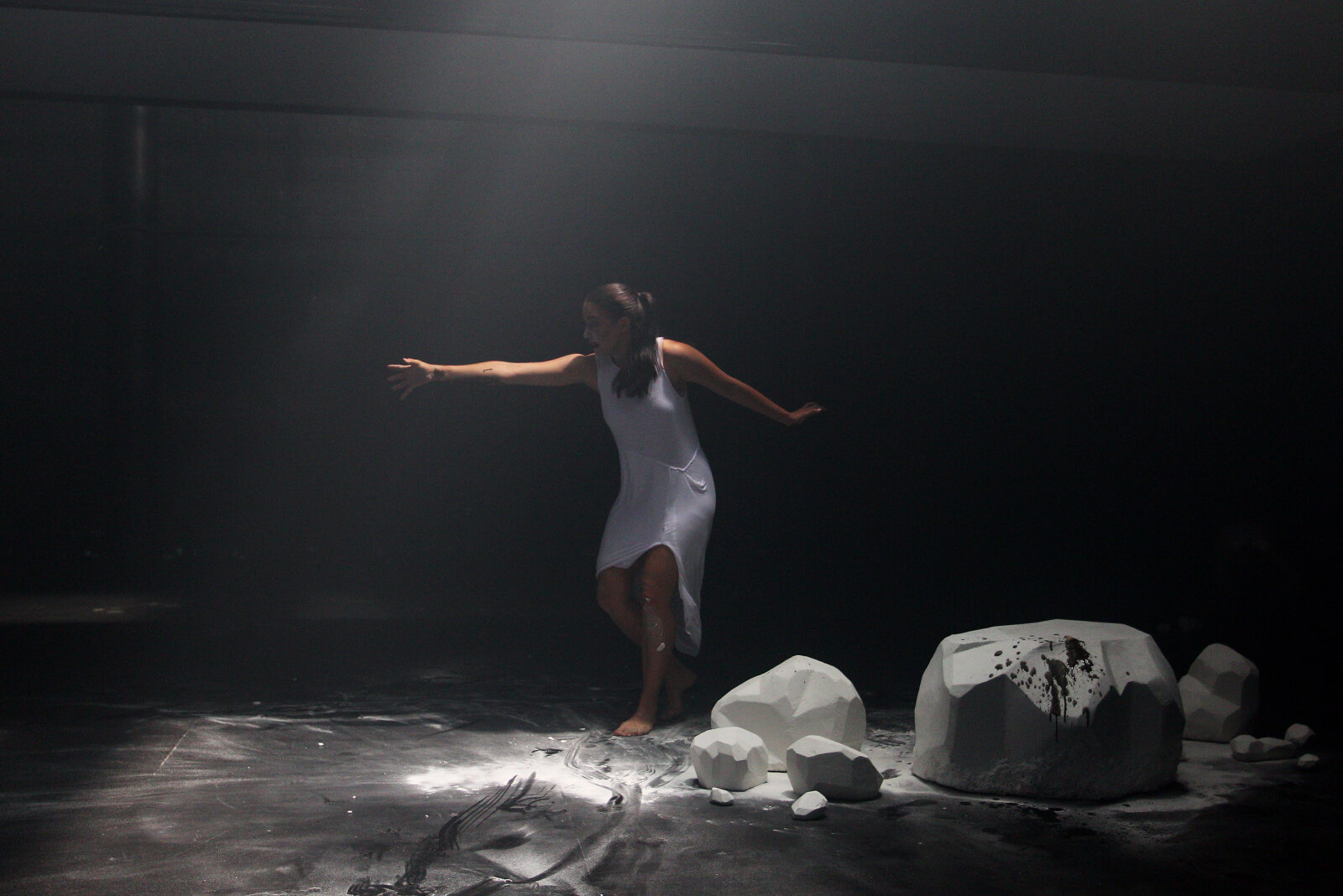
Image credit: Benjamin Parkins
I think the students are naturally engaged once they see what it’s possible to make with these techniques. A lot of us are quite visual thinkers and so seeing something made, watching the project take shape as we guide them through their first steps, makes them excited to see what else is possible. Watching, writing it down, then getting to do it, getting to fail at it and getting to succeed gives them multiple angles from which to look at their projects. A few good analogies don’t go astray either — it all helps keep the thinking flexible.
NIDA: Finally, what advice would you give to students who are interested in pursuing a career in props, and how can they make the most of the learning opportunities that are available to them at NIDA?
BP: Make all the things! Try out some of the disciplines above because you’ll never truly know if this is for you until you’ve got some experience realising a design, working with your hands, taking an object from your imagination and making it something you can actually touch. The barrier of entry is very low; a lot of stuff can be purchased cheaply from your local Bunnings, and you can even make papercraft props out of scrap cardboard. And there’s a YouTube tutorial for literally everything, and in fact, there’s usually several. I recommend this to everyone — past students, present and future — because you never know how it will help you. I’ve gotten whole jobs because there was something that, years before, I took the opportunity to learn when it was offered to me. Finally, what some people find is that they thrive on variety, trying new and different things all the time. My first-year assistant on productions, Indigo Redding, works as a freelancer — she’s done stints at Erth, Hayes Theatre and Pink Cactus (a company started by Govinda Webster, another NIDA Props grad). Recently she was at Belvoir Theatre, and she’s already on to something else. But there are also people who find something that they love more than anything, and they become specialists in that field: Ashleigh Kennedy finished this course and makes jewellery, fossicking in the Northern Rivers for semi-precious stones.
Learn more about NIDA’s Bachelor of Fine Arts in Props and Effects at the upcoming Open Day on Saturday 17 June 2023. Register now.

